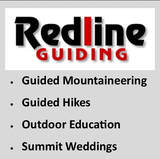|
If you are not already familiar with it, the practice of Gridding involves obsessively hiking each and every peak in an elevation-based list of high peaks once in every month of the year. You keep track of them in spreadsheet fashion, thus the term "grid." Some people even grid the same peak list multiple times. The original “Grid” got its start with the New Hampshire 4,000 Footers list—to grid the 48 summits requires summiting 576 times. The practice of gridding has since metastasized to many other peak bagging lists. If Gridding sounds like fun to you, read no further. But if the idea of Gridding makes you pine for that naked January hike, but you fear you’ll succumb via peer pressure or a sudden midlife crisis, here are 9 compelling reasons to not become another Gridiot—and a bunch of fun hiking goals you can adopt instead. 1. When you die, you’re going to be dead a long time. Do you really want to spend precious hours of your short life hiking Mount Waumbek 12 times? The Grid may not be entirely boring (i.e. not in the same general category as watching C-Span or a film of granite slowly eroding) but the world is full of new, spectacular places to visit and things to experience. If you’re thinking of spending your summer gridding vs. taking that trip to the Grand Canyon, or spending more time with your grandchildren, well. . . 2. If everyone is doing it, it’s no longer cool. A few years ago, people were dumping buckets of ice water over their heads and taking photos of themselves planking in strange and precarious places (never mind bathroom mirror selfies). There are still people who will get sucked into doing the Macarena and Chicken Dance at weddings without any shame or sense of cliché. You don’t want to be one of those people. 3. Your regular hiking friends are going to get bored with you. “What are you doing this weekend?” “Ah, um, I’m hiking Mount Cabot. Want to come?” “Shit no. I just did that with you a couple weeks ago. Want to do something different with me this time?” “Oh no, that was September, I need it for my October Grid. . .and my November Grid. . .and. . .” “Well, I guess I’ll see you in a few years.” 4. All your social media posts read exactly the same. You were already a little boring when the only thing you posted on social media were hiking updates. Now all you do is post hiking updates about the same peaks over and over again. Zzzzzzzz. . . 5. There is a 5th dimension, beyond that which is known to man, a world in which trailhead parking lots are always full, and the waiting line for the summit photo stretches halfway down the mountain. . . . a world that might be called “The Gridiot Zone.” High profile list peaks are already overcrowded. Parking spaces and elbow room on the trails is in short supply. If everyone were to decide they wanted to grid. . . even a 10% increase in gridding would be too much horror for our puny minds to imagine. And do you really want to be the jerk that deprives a family with young kids of their parking spot and opportunity to do their first summit of Mount Jefferson—just so you can selfishly hike it for the umpteenth time? 6. All your hiking photos look exactly the same. Zzzzzzzzzz. . . 7. Why be a monkey. If you hiked the White Mountain 48 or the Adirondack 46 with a monkey and an organ grinder in tow, at least you’d be original. 8. There are nearby places far more spectacular than some of the peaks on the typical grid list. Percy Peaks vs. Cabot. Indian Head vs. Blake. Tumbledown vs. Redington. More than a few of the alternatives are even tougher hikes than the list hikes. Really, if you’re going to grid a list, grid a list of spectacular summits, not a list based on something as unimaginative as an arbitrary elevation cutoff. 9. If you need something like the Grid as an excuse to hike, what do you need as an excuse to live? HAPPY ALTERNATIVES TO GRIDDING:
the New England Trail (CT, MA, 215mi with an unofficial extension from the state line to Mt. Monadnock in NH), Long Path (NY, 357mi), Finger Lakes Trail (NY, 580mi), Northville-Lake Placid Trail (NY, 138mi), Taconic Trail System (CT/NY/MA/VT; 2 trails, 58mi), Midstate Trail (MA, 92mi), Warner Trail (MA, 30mi), Bay Circuit Trail (MA, 200mi), Wapack Trail (MA, NH, 21mi), Monadnock-Sunapee Greenway (NH, 48mi), Sunapee-Ragged-Kearsarge Greenway (NH, 75mi), Cohos Trail (NH, 170mi), North-South Trail (RI, 77mi), Hills-to-the-Sea Trail (ME, 47mi), Sebago to the Sea Trail (ME, 28mi), and Georges Highland Path (ME, 60mi). There are completion patches and certificates for many of these shorter long-distance trails.
All in good fun folks--hike whatever makes your feet sing. --Paul-William
0 Comments
Leave a Reply. |
TOPICS
All
Humor (The Parsnip)

|
Proudly powered by Weebly
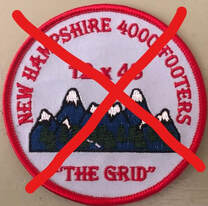
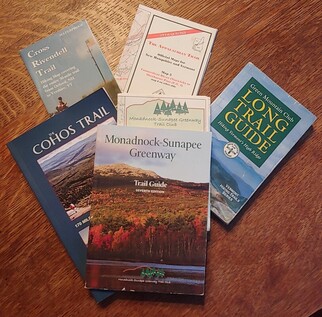
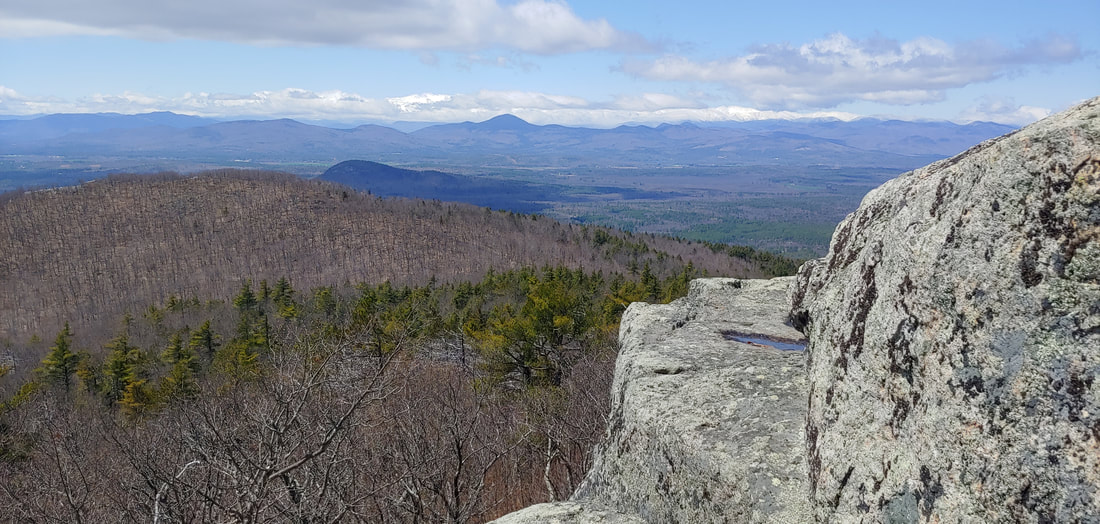

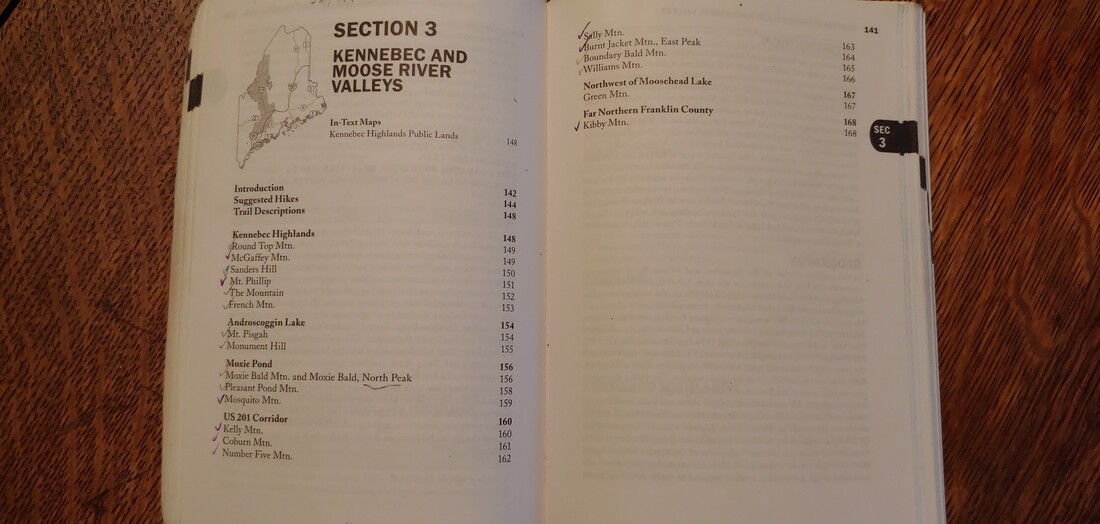
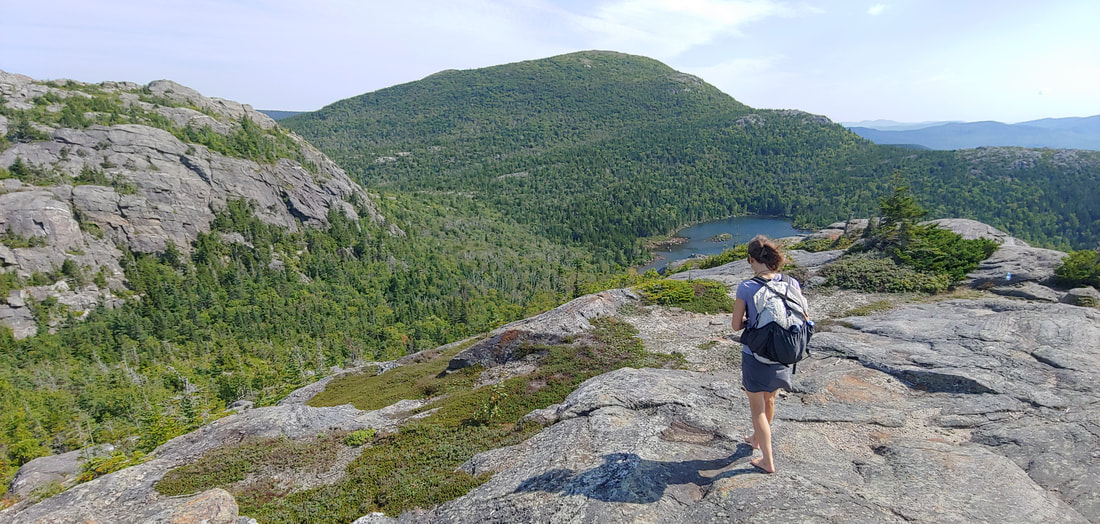
 RSS Feed
RSS Feed
